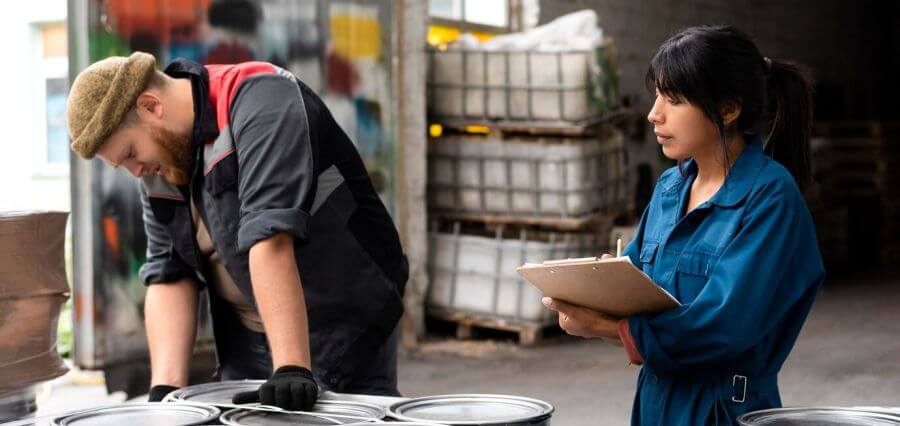Consumer demands shift as quickly as trends on social media, and manufacturers who want to stay ahead of the curve need to know not just what to make, but how to begin making it efficiently and effectively. Whether you’re a budding entrepreneur in the garage stage or a seasoned business owner looking to diversify your product lines, understanding the foundational steps of product manufacturing is crucial. Let’s evaluate six key strategies manufacturers use to initiate their product creation journey, emphasizing how these approaches can pave the way for success.
Ideation and Concept Development
Every great product starts as an idea. The journey of manufacturing begins with the conceptualization phase where creativity meets market research. Manufacturers start by identifying a need or a problem faced by potential customers, then brainstorm to develop a product that addresses that need effectively. This stage is about asking the right questions: What does the market lack? How can our product solve existing problems in a way that no other product does?
The key here is not just creativity but also feasibility. Manufacturers often employ tools like SWOT analysis (Strengths, Weaknesses, Opportunities, Threats) to evaluate their idea against the current market dynamics. Prototyping, often through sketches or 3D models, helps in visualizing the product and making necessary adjustments before it hits production lines.
Design and the Custom Manufacturing Process
Once the idea is solidified, the next step is to design the product and plan the custom manufacturing process. This phase transforms a theoretical concept into a tangible item ready for production. Product design involves detailed planning of product specifications, materials to be used, aesthetics, functionality, and usability. It’s during this stage that manufacturers decide on the production methods that will be employed to bring their vision to life.
The custom manufacturing process refers specifically to the tailoring of production activities to fit the unique requirements of the product. Customization can range from the creation of bespoke molds for plastic injection to specific fabrication techniques for metal parts. This process ensures that each product is built to meet specific standards and quality, aligning with what the market expects or surpasses it.
Selecting the Right Manufacturing Equipment
Choosing the right manufacturing equipment is so important and is often considered the backbone of the production process. The decision on which equipment to use influences everything from production speed and volume to the quality and cost of the finished product. Having the right tools can mean the difference between a market-leading product and one that fails to impress.
Manufacturing equipment must align with the product’s requirements and the manufacturer’s capacity. For example, a high-volume electronic device manufacturer might invest in advanced circuit printers and automated assembly lines to maintain efficiency and precision. Conversely, a boutique furniture maker might select high-quality woodworking tools that enhance handcrafted details. The key is to balance technology with need, ensuring that the investment in equipment drives value and supports scalable, sustainable production practices.
Sourcing Quality Materials
Finding the best materials is an important part of the manufacturing process. Manufacturers need to source high-quality raw materials that not only meet the functional requirements of their product but also adhere to sustainability and ethical standards. Effective sourcing involves evaluating suppliers for reliability, cost-effectiveness, and their ability to deliver consistent, high-quality materials over time.
A major consideration here is the trade-off between cost and quality. While it might be tempting to go for cheaper materials to reduce the overall production cost, this can compromise the final product’s quality and durability, potentially damaging the brand’s reputation. Successful manufacturers build strong relationships with suppliers and often perform regular audits to ensure that the materials provided continue to meet stringent standards.
Prototype Testing and Iteration
Before moving to full-scale production, manufacturers must test their product prototypes. This stage is crucial for identifying any practical issues with the design or materials that might not have been evident during the design phase. Prototype testing allows manufacturers to gather real-world data on the product’s performance, usability, and consumer appeal.
Testing often involves both internal assessments and user testing groups to provide feedback. Based on this feedback, manufacturers may return to the design phase to make necessary iterations. This loop of testing and refining helps refine the product to better meet consumer expectations and regulatory requirements, thus minimizing the risk of product failure post-launch.
Scaling Production
Once the prototype has been refined and finalized, the next step is to scale production. This involves planning for mass production, which can include expanding manufacturing facilities, hiring additional staff, and ramping up production capacity. The transition from prototype to large-scale manufacturing must be managed carefully to maintain quality control and ensure that the manufacturing process can reliably replicate the approved prototype.
Scaling also requires careful logistical planning, including inventory management, distribution strategies, and possibly, the introduction of automation to maintain efficiency. Successful scaling means balancing growth with sustainability, ensuring that the increase in production volume does not compromise the product’s quality or the company’s operational capabilities.














